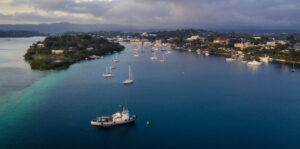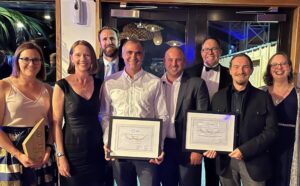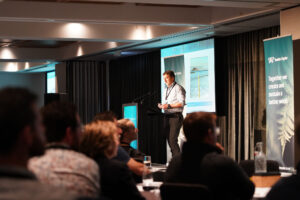NZ Stormwater Conference 2024
The Resource Management Act 1991 (RMA) protects wetland and river features through section 13. How these features are defined depends on which piece of legislation is relied upon, with slightly different definitions included in the RMA, the National Policy Statement for Freshwater Management 2020 (NPS FM) and Regional Plans. While many of these definitions are similar, small nuances can wreak havoc – both in what to call something and subsequently what the consenting implications are. Show more…Since the introduction of the NPS FM, defining these features has become a hot topic, mostly, in our opinion, because of the prohibited activity status applied to many activities affecting natural inland wetlands in the original version of the National Environmental Standards for Freshwater (NES F) (September 2020).
Consequently (and despite having been subject to protection in some form since 1991), delineation of wetlands and whether something was a stock-pugged river or a degraded wetland became a point of contention. ‘Is it a wetland’ has become as triggering to some as the concept of nuclear power (of note as it is one of the widely recognised prohibited activities in Aotearoa New Zealand).
One theme all these definitions have in common is an implied state of mutual exclusivity and stationarity – that if something is a river, it can’t be a wetland (and vice-versa) and that they will remain static through time. What these definitions, policies and rules fail to appreciate is that, in reality, rivers and wetlands are aquatic ecosystems that exist on a continuum of form and function.
From a scientific point of view, aquatic systems have significantly more nuanced characters, behaviours and values (e.g. types such as intermittent, perennial, wandering, braided, valley fill, marsh, swamp…). How these systems behave is driven not by a definition in a piece of legislation, but rather by the prevailing landscape and ecological controls. River and wetland systems may fluctuate between different forms and states depending on numerous climatic, hydraulic and landscape factors.
Policy aside, it is the science, form, and function of these aquatic systems that tells us what we need to do to maintain their ecological and morphological integrity, not the definition introduced by the government of the day. Understanding the character and behavior of these systems in their landscape context is essential to inform decision making, ensuring that water sensitive urban design and nature-based solutions are implemented in a way that respects the processes and functions of these systems, and ensures a measure of success.
Within this paper we describe the science behind the characterisation of these aquatic systems, reflecting on their ecological and morphological function, and what this means for designing nature-based stormwater and flood management solutions that work with the landscape and ecological processes and controls. We explore the implications of the statutory framework and what this means in practice in respect of stormwater management. Lastly, we highlight how wetlands and streams provide an opportunity to integrate ecological, amenity, stormwater and flood management outcomes, while enabling future development. Show less…




















